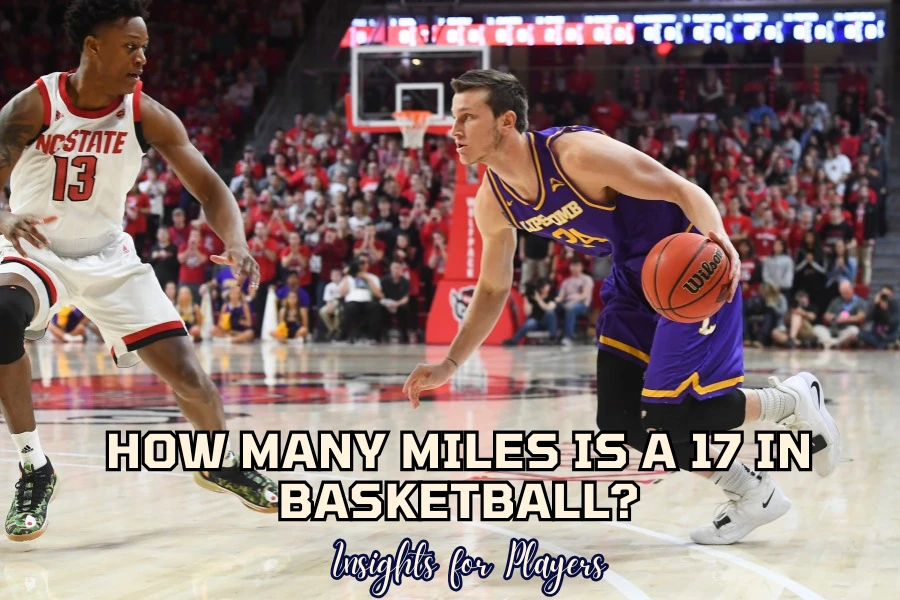
Basketball is a sport that requires good physical strength, so it requires a lot of specialized exercises. The most popular of which is exercise 17 – an exercise that helps train overall endurance and speed. Exercise 17 requires players to run from one side of the court to the other 17 times in just over a minute
So how many miles is a 17 in basketball? This is certainly a question that many people are interested in, especially those who are new to basketball. Sportsixth will help you answer the above question and better understand this physical exercise 17. Don’t skip it if you don’t want to miss the best “tips” to improve your physical strength!
What is Exercise 17 in Basketball?
Drill 17 requires players to run from one side of the court to the other 17 times in just over a minute. You will need to step on the other side of the court before turning around to complete a run. Otherwise, you will be given a one-minute break and start the exercise again from the beginning.
Drill 17 will help players train their overall fitness, including endurance, speed, and ball movement. This exercise is one of the most basic and popular exercises in basketball. However, the number 17 is just a milestone for players to try to reach. Usually, 12 times will be the training result for beginners.
The basics you need to focus on in drill 17 in basketball are:
- Run sideline to sideline for a little over a minute
- Keep track of how many times you touch the sideline
- Rest for a minute before starting the next set
How Many Miles Is a 17 in Basketball?
The total distance you need to run when doing Exercise 17 will depend on the width of the court. Typically, a basketball court is about 50 feet wide (high school basketball court and NBA basketball court). Therefore, the total distance you need to run in Exercise 17 is about 850 feet or about 0.16 miles. How many miles is a 17 in basketball may vary slightly depending on the court.
For beginners, 17 reps can be difficult because of the high speed required. Therefore, you can start with a goal of 12 reps, which is about 0.11 miles (600 feet). 12 reps is the minimum that exercisers should achieve in this exercise.
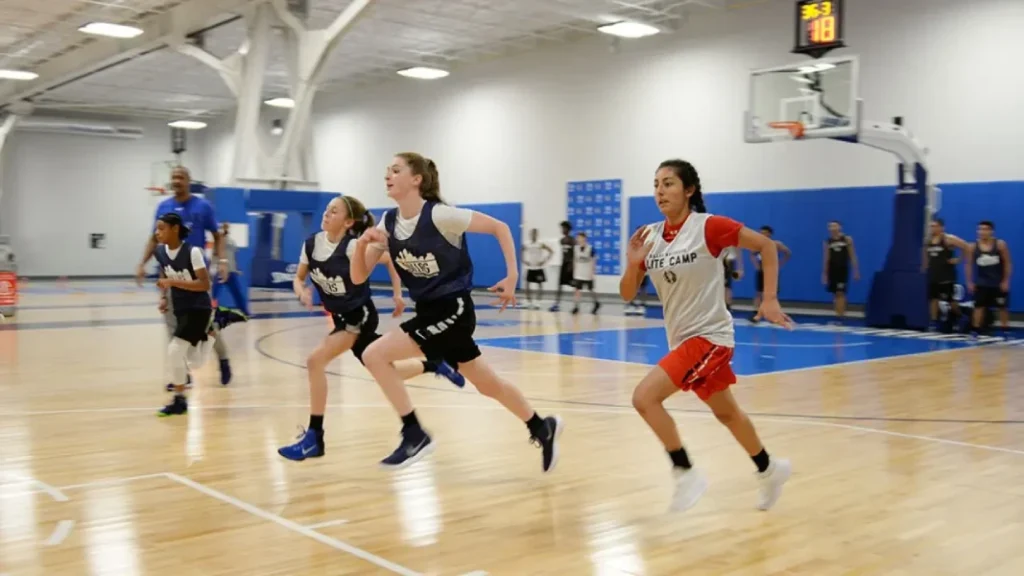
Some Other Physical Exercises
If you have understood exercise 17 and how many miles is a 17 in basketball, then next, we will learn some other physical exercises. In addition to exercise 17, there are some other popular basketball exercises that you should not miss. Scroll down and do not forget to save to train your body to be ready for intense basketball matches!
Lateral Bounds
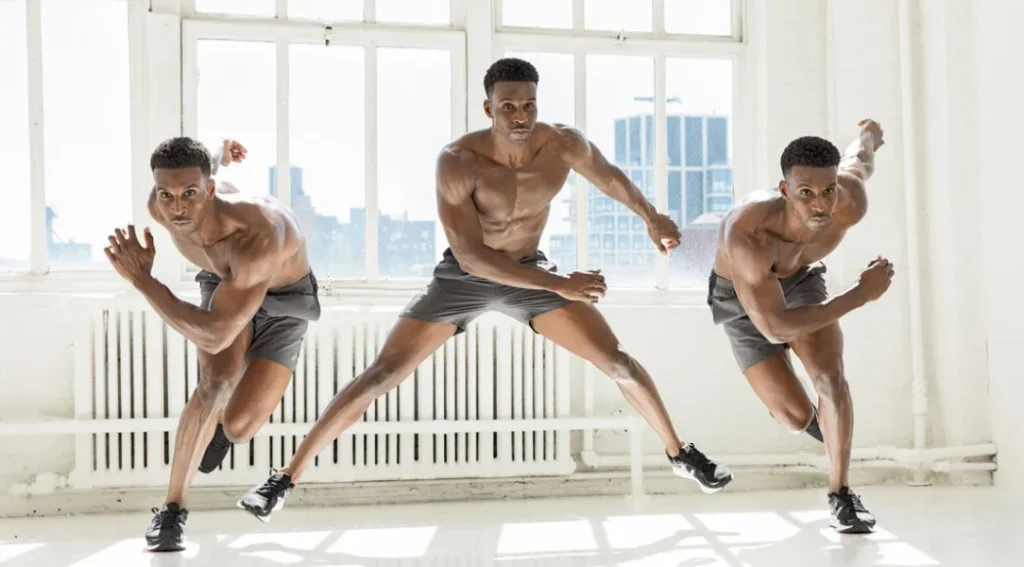
When it comes to popular basketball exercises, the lateral bound is a must. This exercise will comprehensively impact many muscle groups such as the quadriceps, hamstrings, glutes, calves, and core. Lateral bound will help improve overall strength, increase agility and flexibility of the muscles to prepare for matches.
The first step in lateral bound is to stand with your feet together, knees slightly bent and arms placed along the sides. Next, use both hands to create momentum to lift your body to one side and land safely on both feet. You need to repeat the same movement in the opposite direction and perform alternately within 45 seconds. The goal of lateral bound is to perform as many jumps as possible.
Weighted Lateral Lunges
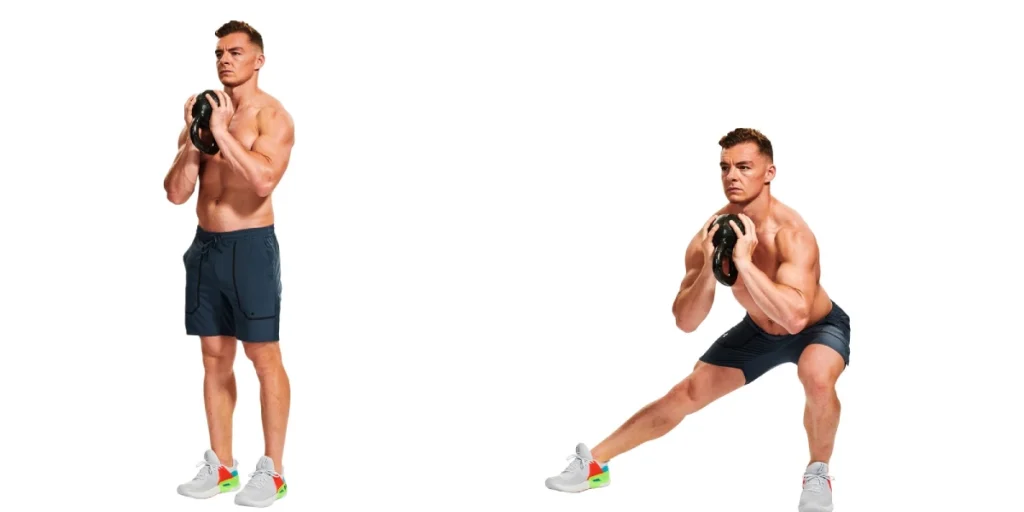
Weighted lateral lunge is one of the most popular basketball exercises. This exercise will help train your lateral movement, strengthen your legs, and create stability. You can practice with weights to increase the impact on your muscles.
First, you need to stand in a straight position with your feet together and each hand holding a dumbbell. It is recommended that you choose the right weight so as not to lose your posture. Next, step one leg to the side, keeping the dumbbell at shoulder level and your chest straight.
You need to lower your body in the direction of the step but still keep your chest straight. A small note is that do not let your knees go beyond your toes. Then, press your feet and return to the original standing position. That counts as one rep. Repeat 8 to 12 times for each leg, then switch sides and do 3 sets like that.
Medicine Ball Squat-to-Press
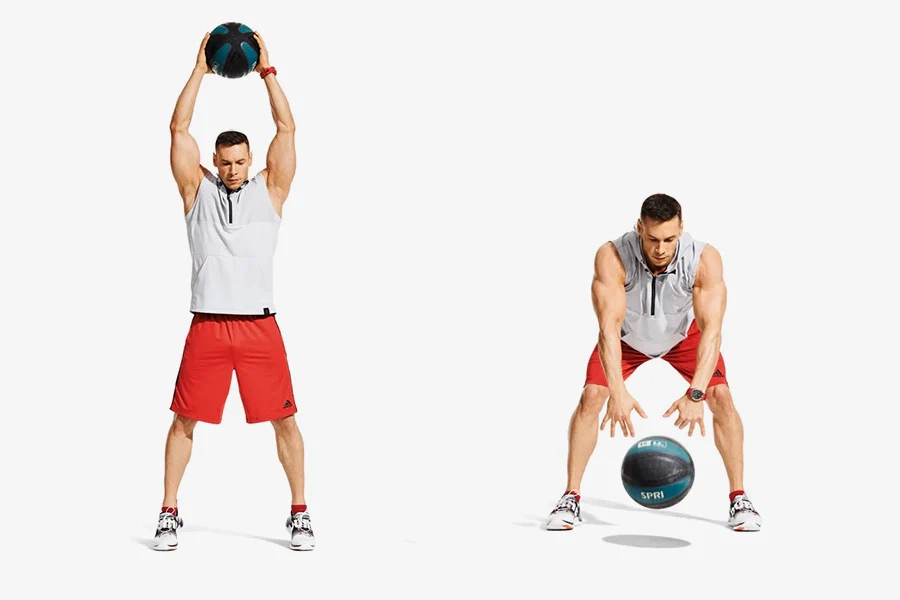
If you want to work your entire body, the medicine ball squat-to-press is for you. This exercise will work your shoulders, triceps, core, glutes, and quadriceps. You will have a stronger core and legs with the medicine ball squat-to-press. Stability is also improved to help you jump higher and run faster.
The starting position of the medicine ball squat-to-press is to stand upright with your feet hip-width apart and hold the ball at chest level. Then, slowly lower your body into a squat position. Keep your back and chest straight as you lower into the squat position. Next, stand up and bring the ball straight up over your head. Then, bring the ball back to your chest as in the starting position. Continue to do 3 sets of 12 reps each.
Goblet Squat with Dumbbell
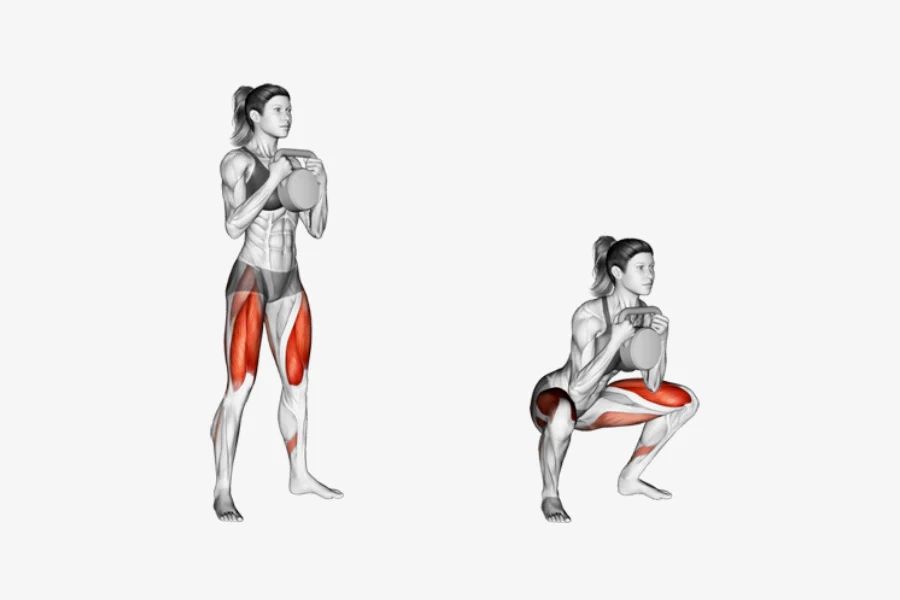
Goblet squat with a dumbbell is a basic squat exercise that helps players strengthen their lower body and core. The exercise will mainly affect the muscle groups in the thighs, calves, quadriceps, biceps, and shoulders.
To perform a goblet squat with a dumbbell, you need to start by standing straight with your feet hip-width apart and holding the dumbbell straight in front of your chest. While holding the dumbbell in front of your chest, continue to lower your body into a squat position.
You need to pay attention to keep your chest straight and not let your knees go past your toes. Continue to press into your heels and stand up straight. Continue to repeat these movements for 3 sets of 8-12 reps each.
Kettlebell Figure 8
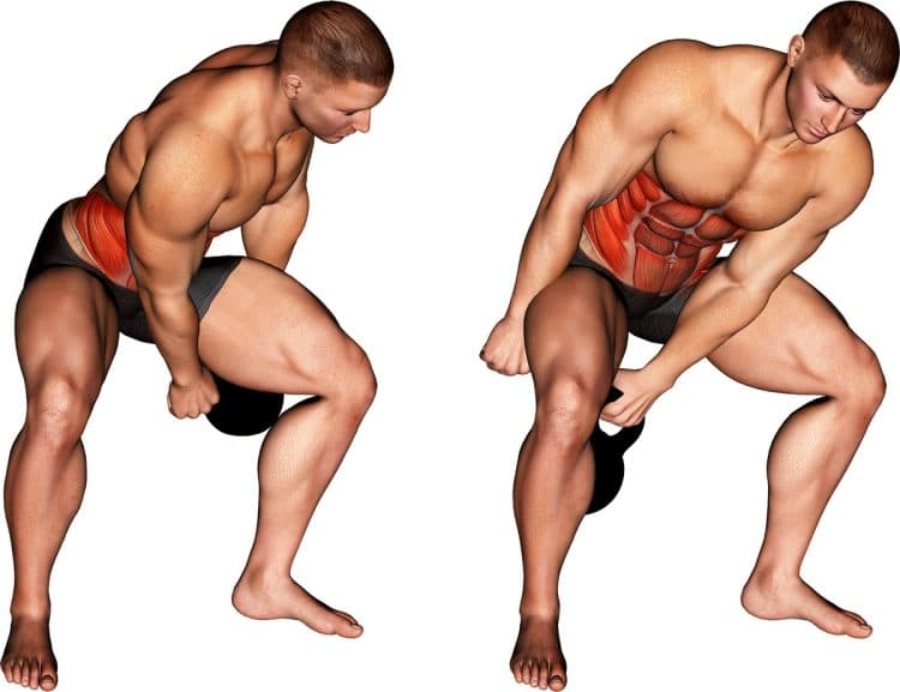
Finally, here is an exercise that helps train the whole body and improve the cross-leg passing posture – Kettlebell Figure 8. This exercise will improve the coordination of the two arms, and the lower body muscles and strengthen the back, shoulders, and buttocks.
First, you need to stand straight with your feet shoulder-width apart and hold the dumbbell in front of your chest. Next, you need to lower yourself into a squat position and pass the dumbbell around one leg. Then return to the original starting position.
Next, you continue to lower yourself into a squat position and pass the dumbbell around the other leg. The direction of the movement of the dumbbell around the leg is likened to figure 8. Repeat alternating between the two legs and perform for 3 sets, each set of 8 reps for each leg.
Wrap Up
Hopefully, the information we shared above has helped you understand drill 17 and how many miles is a 17 in basketball. Drill 17 requires the player to run sideline to sideline 17 times within about 1 minute. The total distance run in this drill is about 850 feet, equivalent to about 0.16 miles.
Drill 17 will help improve the player’s endurance and speed, supporting optimal physical development. In addition to drill 17, you can combine other popular physical exercises such as lateral bounds, weighted lateral lunges, medicine ball squat-to-press, goblet squat with dumbbell, kettlebell figure 8,…
